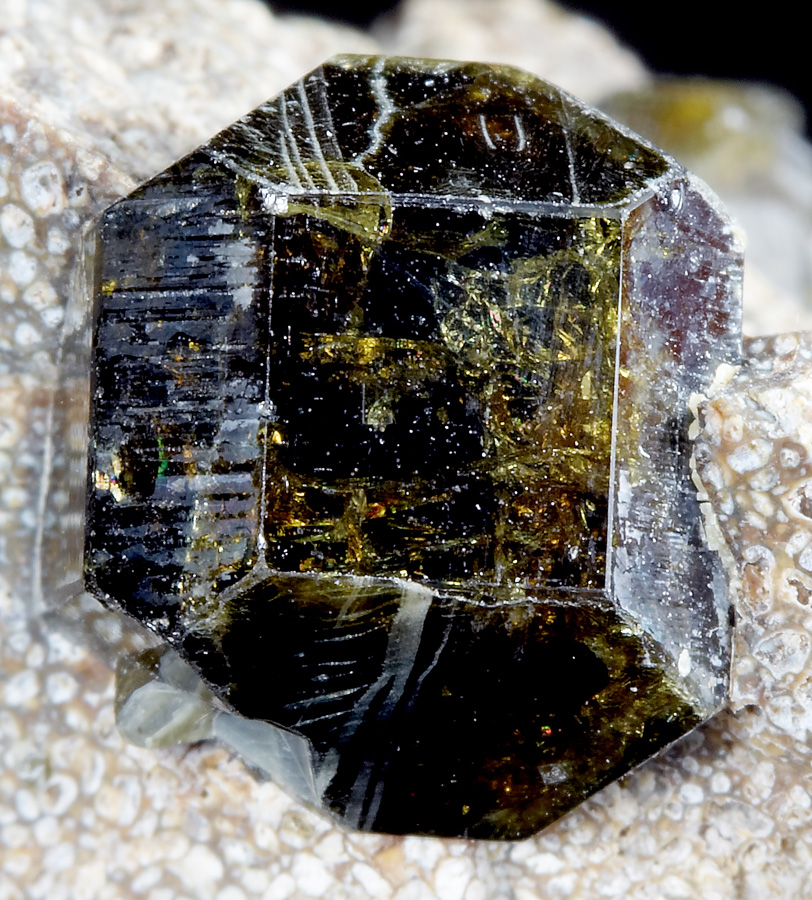Idocrase was first discovered on the Italian volcano, Vesuvius, as small, perfect crystals. Also called vesuvianite, it may be red, yellow, green, brown, or purple. It is seldom used in jewellery, but it may be cut for collectors. Crystals are usually thick prisms with a square cross-section.
There are several varieties: californite from California (USA) is green; rare, blue cyprine is found in Norway; yellowish green xanthite is from New York (USA); green wiluite crystals are from the former USSR. Other localities include Austria, Canada, Italy, and Switzerland.
Vesuvianite may be confused with demantoid garnet, diopside, epidote, smoky quartz, tourmaline, zircon, and peridot.




























Leave a Reply
You must be logged in to post a comment.